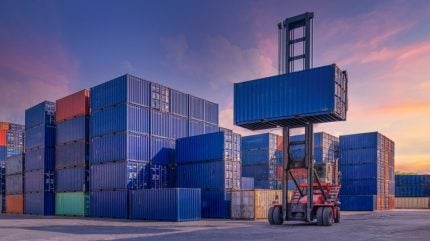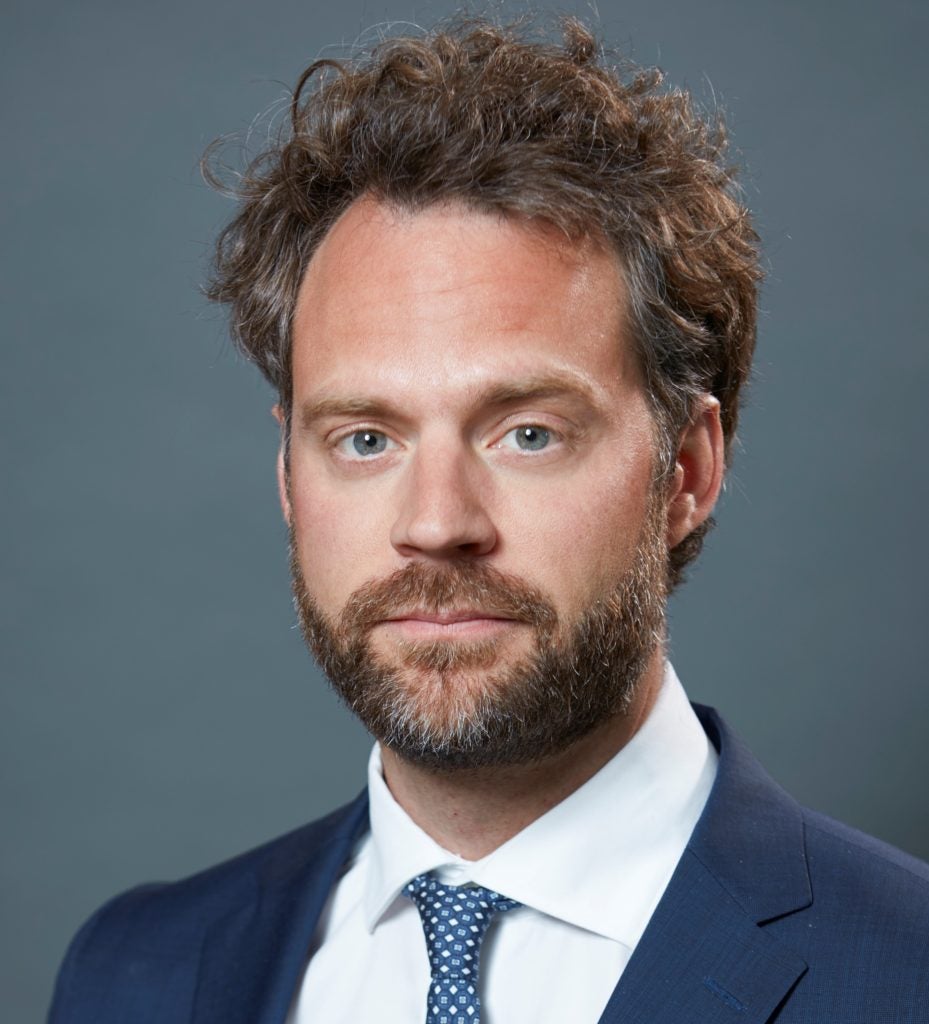
Mikael Wigell is the founder and CEO of Economic Security Forum, a geoeconomics consultancy. He is also a visiting professor at College of Europe in Brussels, Belgium.
For decades, foreign direct investment (FDI) followed a simple principle: efficiency. Firms built global supply chains to minimise costs, and governments competed for capital through deregulation and open markets. This model of market capitalism underpinned globalisation’s golden age.

That world is fading. Across advanced economies, governments no longer view efficiency as the ultimate virtue but as one variable among others; balanced against security, resilience, and strategic advantage. A new paradigm is emerging: strategic capitalism, a system in which states actively steer investment to strengthen national security, technological capacity, and geopolitical leverage.
The shift began gradually after the 2008 financial crisis but accelerated during the pandemic and Russia’s war in Ukraine. Policymakers from Washington to Brussels to Tokyo concluded that market forces alone could not safeguard critical capabilities or sustain prosperity.
From industrial policy to trade restrictions
The outcome has been a surge of industrial policy – from the US CHIPS and Inflation Reduction Acts to the EU’s Green Deal Industrial Plan and Japan’s economic security legislation. Even as political cycles change, the underlying logic remains: governments are reclaiming a directive role in capital allocation.
The latest manifestation lies in trade policy. The Trump administration’s renewed tariff agenda has unsettled global investment planning. Yet rather than deterring investment, the tariffs appear to be redirecting it.

US Tariffs are shifting - will you react or anticipate?
Don’t let policy changes catch you off guard. Stay proactive with real-time data and expert analysis.
By GlobalDataAt the Economic Security Forum (ESF), our Corporate Response Tracker monitors how Europe’s largest firms are adapting to this new environment. Tracking all STOXX Europe 600 companies, it maps their strategic responses to the April 2025 US tariff measures. The data reveal a clear trend: European corporations are not pulling back from the US market but instead increasing their local footprint.
Over recent months, the Tracker has recorded a notable rise in new or expanded US investment plans across sectors such as clean tech, advanced manufacturing, and pharmaceuticals. For many firms, localising production has become the price of market access. Tariffs, combined with industrial policy incentives, are effectively pulling production capacity closer to end markets while reducing exposure to political risk.
This illustrates a central paradox of the new era: policies designed to protect domestic industry can simultaneously attract foreign investment from trusted allies. The calculus is shifting from minimising cost to minimising exposure. When trade barriers and industrial incentives align, firms reconfigure supply chains not by comparative advantage but by strategic necessity.
The rise of strategic advantage
Strategic capitalism thus represents a decisive break from the economic orthodoxy of the past four decades. Market capitalism rested on comparative advantage: countries specialised where they were most efficient. Strategic capitalism pursues strategic advantage: control over assets – technological, material, or infrastructural – that secure long-term resilience and leverage.
Semiconductors capture this transition. Under market capitalism, production moved to East Asia, where specialisation was deepest and costs lowest. Under strategic capitalism, governments are subsidising its return. The US CHIPS Act and similar initiatives reflect a wider contest for technological sovereignty and insulation from geopolitical shocks.
But the shift extends beyond chips. As tariffs, subsidies, and export controls proliferate, firms operate in an environment where political strategy increasingly defines economic geography. The new map of globalisation is not borderless – it is selectively open.
For investors, this means capital allocation is now shaped as much by policy risk as by market fundamentals. Screening mechanisms for foreign investment, once marginal tools, have become standard practice. More than forty economies now operate FDI reviews on national security grounds.
At the same time, the geography of investment is being reordered. “Friendshoring” and “de-risking” are replacing globalisation’s logic of borderless efficiency. Western firms are redirecting production to trusted partners – Mexico, Poland, Vietnam – while scaling back exposure to China. Beijing, for its part, is deepening outbound investment in the Global South, prioritising resource access and political alignment over cost efficiency.
Investing through a geopolitical lens
The result is a fragmented investment landscape in which economic alignment increasingly mirrors geopolitical alignment. ESF’s Corporate Response Tracker captures this shift in real time: firms are adapting not only to markets, but to the strategic rules now shaping them.
Critics caution that strategic capitalism risks lapsing into protectionism and inefficiency. They are right to do so. But the most forward-looking governments are already reframing the agenda around strategic competitiveness: using economic security instruments not to shield incumbents, but to catalyse innovation, accelerate clean transitions, and crowd in private investment.
Seen in this light, strategic capitalism is not the end of globalisation but its reinvention. The challenge is to ensure that the visible hand of the state complements, rather than replaces, the dynamism of markets. For policymakers and investors alike, mastering this balance will define the next era of global growth.





